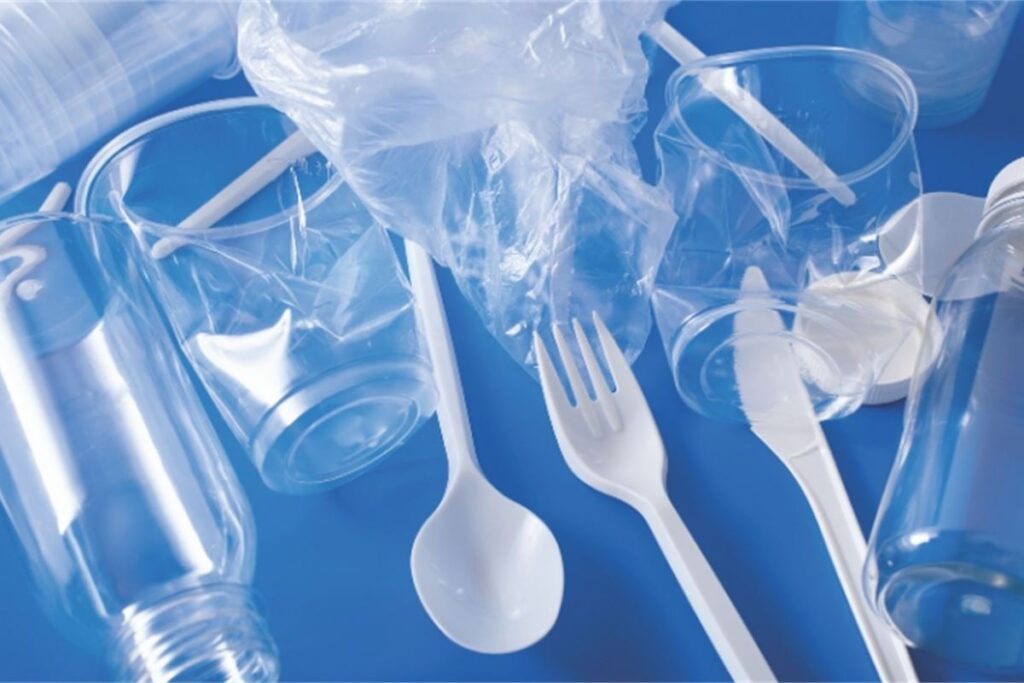Organisations whose products and services are based on single-use plastic are increasingly getting under siege. This is due to the vociferous anthems of the environmental effects of plastic from the scientific and civil community. It is well known that plastic supports a great chunk of packaging, retail, manufacturing and other industries. Particularly the single-use plastic has been touted as an environmental nuisance
Some of the key attributes of single use plastics relate to being non-biodegradable, effects of biodiversity “flora and fauna”. When some animals swallow plastics, they die painful deaths including through inflammation of their stomach. Entanglement, suffocation and obstruction are other causes of fatality. Responsible behaviour should spurn us towards alternative materials
It is essential to first take stock of some of the major sources of single use plastics. A plethora of uses include packaging materials in retail and clothes shops, containers in restaurants, straws, beverage containers which are made from plastic. However, it is not all of them which are toxic.
Promising rays of innovation are beginning to emerge in hospitality sector where glass is being preferred again in comparison to single use plastics.
Countries have responded differently to the problem of single use plastic. Others have gone for blanket bans of plastic bags and single use plastic. In the other stream of other countries economic instruments such as taxes on plastics, subsidies on alternative materials as well as instituting deposit refund systems. When burnt, plastics can release toxic fumes which can interact with human health and safety. In addition, the release of toxic furans, dioxins and benzofurans persists in most countries.
The main challenges related with actions to deal with single-use plastics is the lack of alternatives in many countries. Where they exist, the alternatives are expensive. Stakeholders must come with collaborative solutions to the problem.
According to the Worldwide Fund for Nature (WWF), plastics kill 100 000 aquatic animals every year. This is a very high number of fatalities. The reality of continuing with plastic for a lifetime is a dangerous plunge into ecosystem suicide. Society must begin to transform into environmentally friendly lifestyles.
Nanotechnology which studies small particles and materials science are touted as some of the major breakthroughs which should lead us into a new innovative trajectory for packaging material. Green packaging should be undertaken if we are to attain sustainability. How long should we wait whilst the damage is done.
Restaurants too should encourage people to sit in, were it not for the COVID-19 pandemic. The future of humanity is in our hands and we need to begin to think about the future of single use plastic. The pressure from regulators continues to grow and pressure from civil society is also evident. Throughout this anxious time, the million-dollar question is how long plastic will survive?
